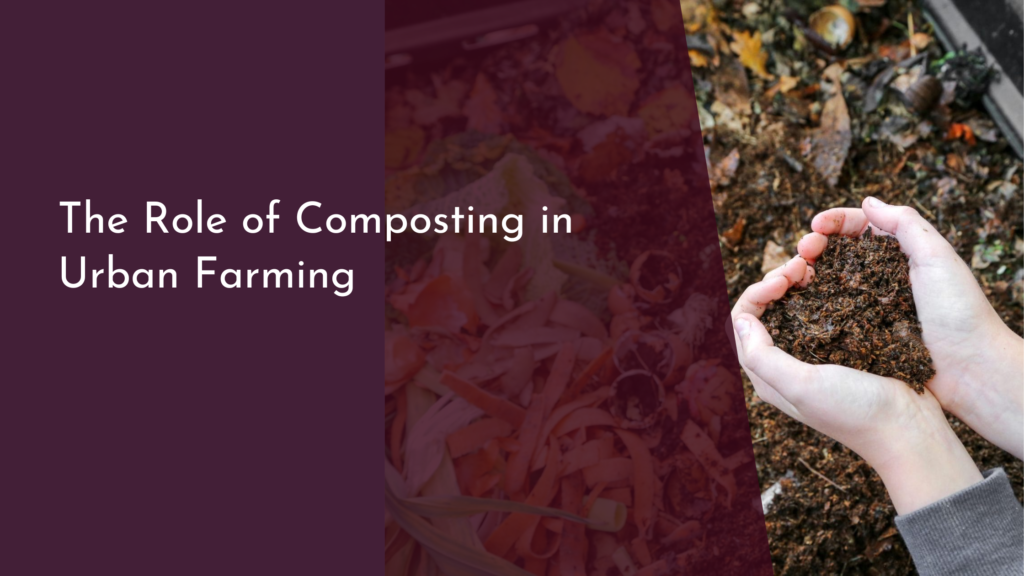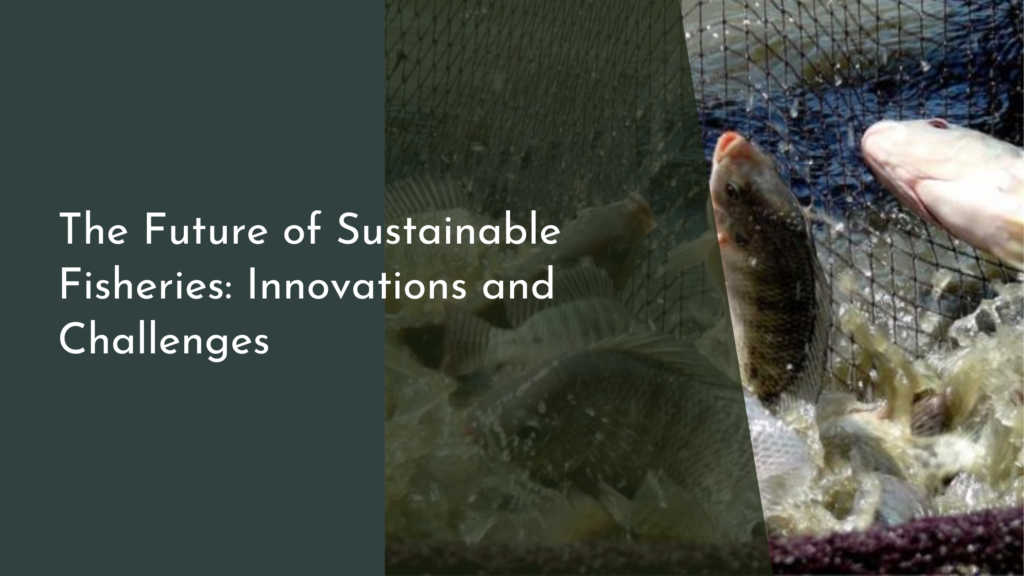Upcycled Fashion: Turning Old Clothes New Again
In a world where fast fashion dominates the clothing industry, a movement is quietly gaining momentum—upcycled fashion. This innovative trend involves transforming old or discarded clothes into new, stylish garments, breathing life into what might otherwise be considered waste. As sustainability becomes an integral part of our daily lives, upcycled fashion offers a creative and environmentally-friendly alternative to traditional fashion consumption. This article explores the upcycled fashion phenomenon, various techniques used to revamp old garments, the environmental and financial benefits of upcycling, and how you can embrace this cheerful and sustainable fashion trend.
Understanding the Upcycled Fashion Phenomenon
Upcycled fashion is not just a trend but a transformative movement that reshapes how we perceive clothing. Unlike recycling, which breaks down materials to create something new, upcycling preserves the fabric’s original form, adding value through creative redesign and craftsmanship. This approach not only reduces waste but also revives the lost art of repair and repurposing, making each piece unique and personalized. Fashion designers and DIY enthusiasts alike are embracing this philosophy, creating everything from patchwork jackets to reimagined denim.
The appeal of upcycled fashion lies in its ability to challenge the norms of the fashion industry, where speed and quantity often trump quality and sustainability. By turning "old" into "new," upcycled fashion encourages consumers to see the potential in worn-out clothes. This movement is an opportunity to express individuality and creativity while supporting sustainable practices. As more people become aware of the environmental impact of fast fashion, upcycling is becoming an increasingly viable alternative for conscientious consumers.
Creative Techniques to Revamp Old Garments
One popular technique in upcycled fashion is patchwork. This method involves sewing together different fabric pieces to form a new, cohesive design. By combining various colors, patterns, and textures, patchwork allows for the creation of entirely unique garments that reflect the wearer’s personality and style. It’s a versatile technique that can be applied to everything from jackets and jeans to bags and accessories, providing endless opportunities for creativity.
Another inventive approach is garment reconstruction, where existing clothes are deconstructed and then reassembled into new forms. This technique can involve altering the silhouette of a dress, transforming a pair of pants into a skirt, or adding embellishments like embroidery, buttons, or lace. By focusing on the details, garment reconstruction not only extends the life of clothing but also elevates it to something original and bespoke. These methods demonstrate the limitless possibilities of upcycling and the artistic potential inherent in every worn-out garment.
Benefits of Upcycling for Environment and Wallet
From an environmental perspective, upcycled fashion significantly reduces waste and energy consumption. By repurposing existing materials, this practice decreases the demand for new textiles, which often require resource-intensive processes to produce. Upcycling helps keep clothing out of landfills, where textiles typically take years to decompose, contributing to greenhouse gas emissions. With sustainability at its core, upcycled fashion presents a viable solution to curb the detrimental effects of fast fashion on our planet.
Financially, upcycling offers considerable savings, making fashion more accessible. By revitalizing clothes already in one’s wardrobe or purchasing second-hand items for transformation, consumers can save money while still enjoying fresh and fashionable looks. Upcycled fashion encourages a mindset of creativity over consumption, allowing people to invest in unique, high-quality pieces instead of frequently buying new, mass-produced items. This not only benefits the wallet but also fosters a more mindful approach to fashion consumption.
Embrace Upcycled Fashion: A Cheerful Conclusion
To embrace upcycled fashion, start by evaluating your existing wardrobe. Consider which items can be transformed with a little creativity and which ones might benefit from a second life. Local thrift stores or online second-hand marketplaces are treasure troves for finding potential upcycling projects. Whether you’re a seasoned crafter or a novice, there are plenty of resources and tutorials available to help you get started on your upcycling journey.
Upcycled fashion is a celebration of creativity, sustainability, and individual expression. By choosing to upcycle, you are not only supporting environmentally friendly practices but also championing the idea that fashion is not disposable but an art form worth preserving. So, let your imagination run wild, and turn those old clothes into something new and wonderful. With upcycled fashion, every piece has a story and a future that you can be proud to wear.
Upcycled fashion is a vibrant response to the often wasteful practices of the fashion industry, offering an avenue where style meets sustainability. By turning old clothes into something new and beautiful, upcycling empowers consumers to take control of their fashion choices, creating unique garments that speak to their personal tastes and values. Whether you’re driven by environmental consciousness, financial savings, or a love for creativity, upcycled fashion provides the perfect platform to explore your passion for style. So, dive into this exciting world of upcycling and discover how delightful it can be to transform the old into something refreshingly new.




